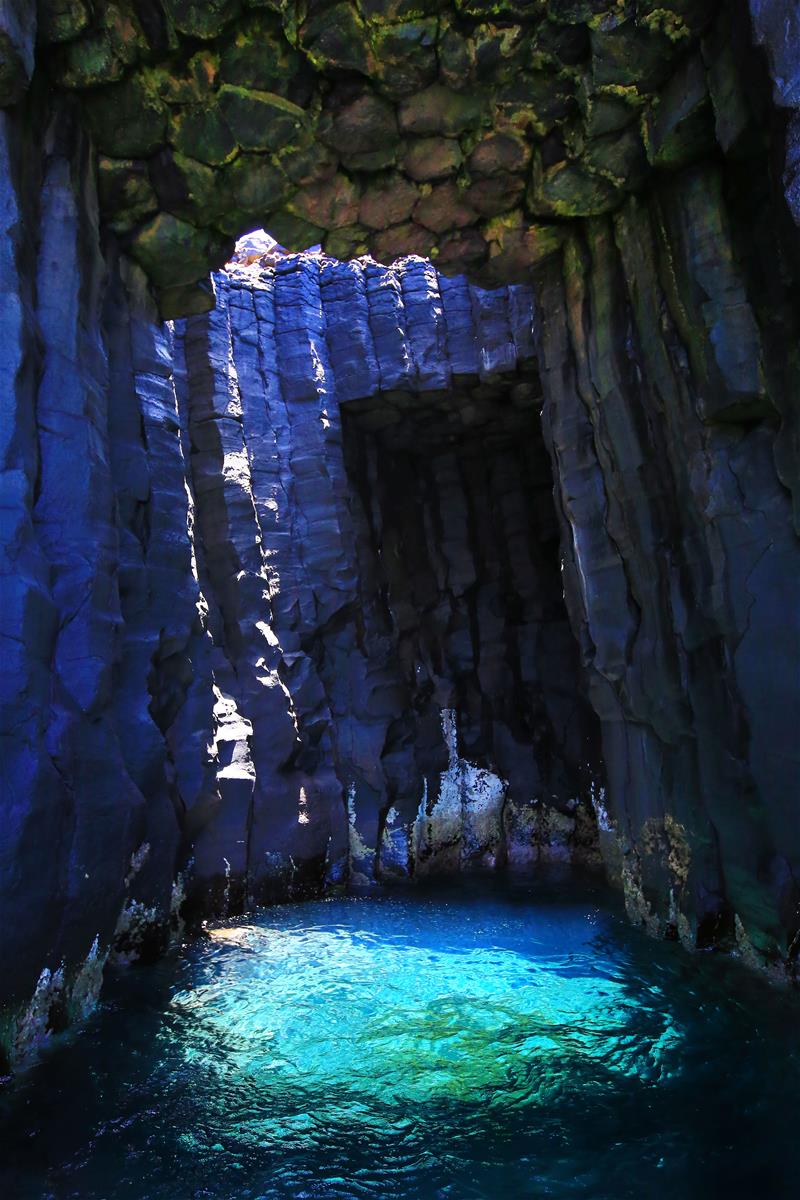Xiji Island Introduction
Xijiyu is located about 4.5 kilometers west of Dongjiyu and is one of the "Southern Four Islands National Park." The western and northern sides feature magnificent basalt cliffs with distinct columnar jointing extending for hundreds of meters, and it is also designated as the "Southern Sea Basalt Nature Reserve." The residents fully relocated in 1978, and it is now an uninhabited island; landing on the island requires prior application. Although many of the houses are dilapidated, the structure of the settlement is still clearly visible, and the ruins of the worship center, Xijigong, can be seen, along with four stone towers built to ward off evil. Additionally, the vegetable houses built with basalt on the northern side of the village served to shield the settlement from the northeast monsoon. Although the village has been abandoned for a long time, the villagers of Xiji return every year during significant festivals such as the Dragon Boat Festival and the Mid-Autumn Festival for a few days, bringing the next generation for a roots-seeking journey. The most well-known attraction on Xijiyu is the sea cave located on the northwest side of the island, informally called "Zhaolung" by locals due to its shape resembling a stove. Inside the cave, the surrounding seawater reflects a sapphire hue due to sunlight refraction, earning it the name "Blue Cave." The eastern and southern sides of the island predominantly feature rocky coastal terrain, with intertidal zones in the northeast where rocks are eroded by seawater, creating pothole formations or expanding to form "tidal pools," making them another geological sight worth seeing on Xijiyu.
 Xiji Island
Xiji Island


























